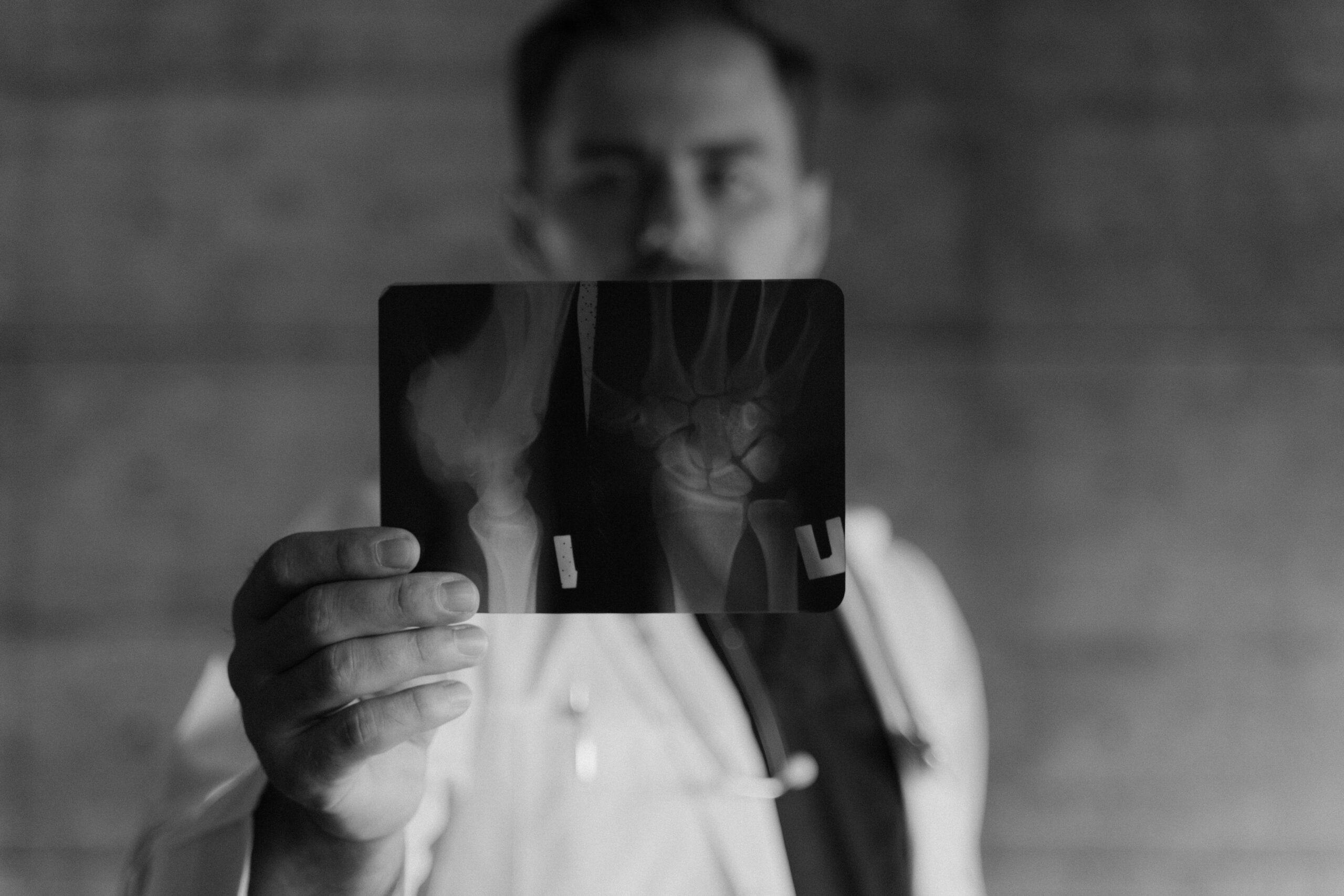Imagine getting paid faster and without hassle for every patient you treat. That’s the power of mastering podiatry medical billing. In healthcare, understanding the complexities of podiatry medical billing is crucial for podiatrists. Accurate billing ensures that practitioners are adequately reimbursed for their services, enabling them to sustain their practices and provide top-notch patient care to patients in 2024.
Without a thorough grasp of the billing process, podiatrists risk facing delayed payments, denied claims, and reduced revenue, which can ultimately impact their ability to deliver quality care.
By prioritizing accurate billing, podiatrists can focus on what they do best—caring for their patients—while ensuring their financial health remains robust.
Podiatry medical billing is the specialized process of submitting and following up on claims with health insurance companies to receive payment for services provided by podiatrists. This involves coding diagnoses and treatments accurately, ensuring that all documentation is complete and compliant with insurance requirements.
Podiatry billing is distinct from other medical billing due to the unique nature of foot and ankle treatments, including procedures like orthotics, foot surgeries, and diabetic foot care. Effective podiatry medical billing requires a thorough understanding of the specific codes and regulations associated with podiatric care.
Which helps ensure that podiatrists are properly reimbursed for their services, reducing financial losses and maintaining a smooth operational flow in their practices.
Key Components of Podiatry Billing.
Podiatry coding for in-clinic procedures and toenail treatments:
Procedure codes for surgical treatments:
Submitting claims for orthotic treatments:
Understanding and using these codes correctly ensures that podiatry practices receive appropriate payment for their services, helping to maintain the financial health and operational efficiency of the practice.
Billing for podiatry services involves more than just entering basic procedure codes; it requires detailed and accurate documentation using CPT codes 2024 to provide health insurance companies with comprehensive information about the patient’s condition and the care provided.
CPT codes are essential for describing the specific treatments and services rendered. For podiatry, it’s crucial to include the appropriate two-digit level-one modifiers, such as Q7, Q8, and Q9, which offer additional context and specificity to the claim.
Maximizing reimbursement for podiatry practices requires a strategic approach to billing and claims management. By implementing effective practices, podiatrists can enhance their revenue cycle and ensure they are compensated fully for their services. Here are some key strategies to achieve this:
Ensure Accurate Coding: Use the correct CPT codes and modifiers to precisely describe the services provided.
egularly Update Knowledge: Stay informed about changes in coding guidelines and payer policies.
Implement Efficient Documentation: Maintain detailed and accurate records to support claims and reduce errors.
Verify Patient Insurance:Confirm coverage details and pre-authorizations before providing services.
Follow Up on Claims: Monitor and address denied or delayed claims promptly to resolve issues quickly.
Utilize Billing Software: Leverage advanced billing software to streamline processes and improve accuracy.
Telemedicine has significantly transformed podiatry billing by introducing new opportunities and challenges for healthcare providers. With the rise of remote consultations, podiatrists can now reach patients who may have difficulty attending in-person visits, expanding their practice’s reach and improving patient access to care.
However, this shift requires adapting billing practices to account for telemedicine-specific codes and reimbursement policies. Providers must ensure they use the correct codes for telehealth services and stay updated on payer requirements for remote consultations.
Additionally, they need to navigate varying state and federal regulations regarding telemedicine billing. By embracing these changes and staying informed, podiatrists can effectively integrate telemedicine into their practice while optimizing reimbursement for remote care services.
Outsourcing medical billing can be a strategic decision for podiatrists looking to streamline their administrative processes and focus more on patient care.
By partnering with a specialized billing service, podiatrists can benefit from expert knowledge in coding, compliance, and claim management, potentially increasing accuracy and reducing the risk of errors or claim denials.
This approach can also help manage the complexities of insurance reimbursement and keep up with evolving billing regulations. For those considering this option, House of Outsourcing offers tailored solutions that cater to the unique needs of podiatric practices, ensuring efficient billing operations and improved revenue cycle management.
By understanding the specific codes, implementing best practices, and adapting to changes such as telemedicine, podiatrists can enhance their billing efficiency and minimize claim issues. Whether managing billing in-house or considering outsourcing options like those offered by House of Outsourcing, prioritizing effective billing strategies will support the smooth operation of the practice and enable podiatrists to focus on delivering exceptional patient care.





